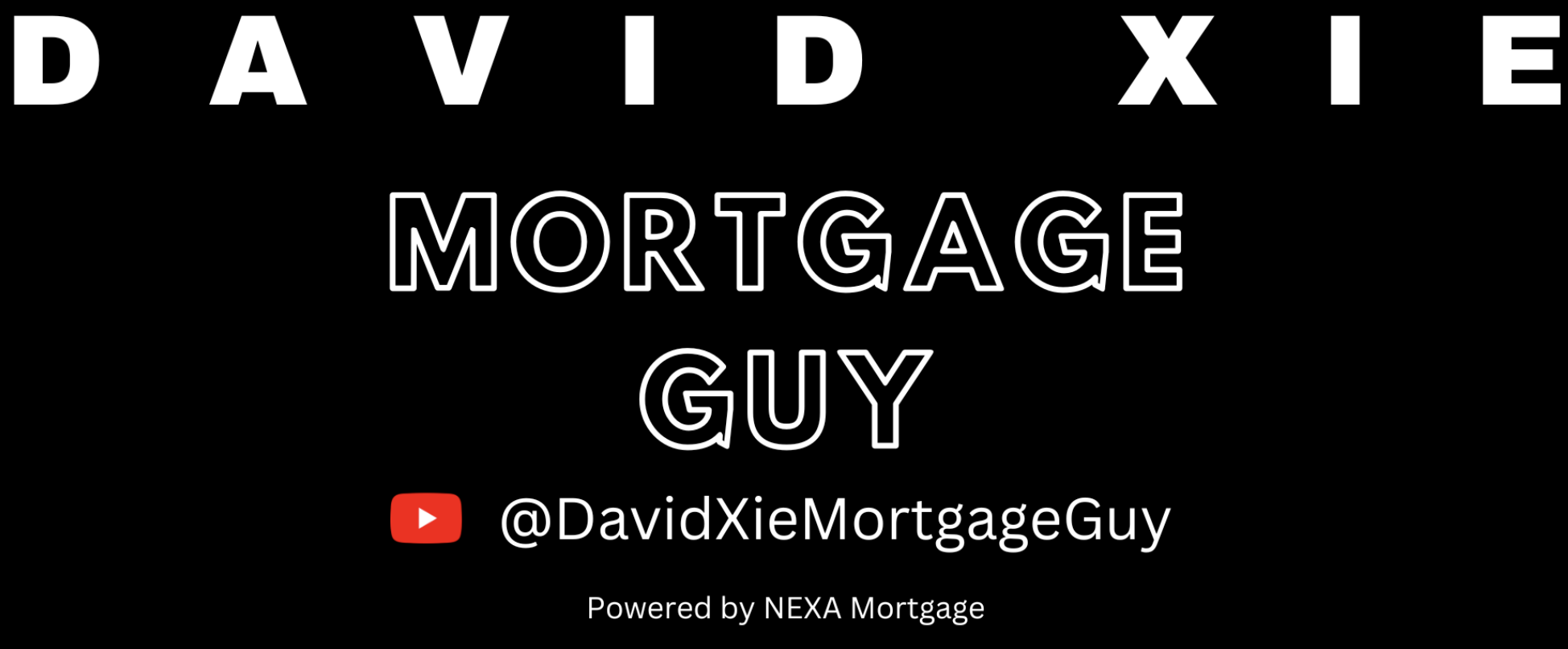The journey to selling your home is like preparing a nest for one final, profitable…
What You Need to Know About Cosigning a Mortgage
Understanding the Role of a Cosigner in Mortgage Applications
If your credit, debt, or income prevents you from buying a house, you might consider having someone in a more stable financial position assist with your loan application. A cosigner, or non-occupant co-client, might be an option your lender offers. However, before opting for this route, especially with the growing trend of remote work, consider several important factors.
Responsibilities of a Cosigner
A cosigner takes on significant responsibilities for the mortgage amount borrowed. This is true even if the primary borrower decides to stop making payments. This commitment makes the decision to use a cosigner very serious, particularly for someone who will not live in the home. With remote work on the rise, your cosigner might be in a different location, complicating communication and financial oversight.
Lender Requirements and Mortgage Types
Lender requirements for cosigners can vary, and this option is not available for all types of mortgages. When using a conventional loan, both parties sign the loan documents. You can choose to have only the occupant owner listed on the home’s title. The lender will evaluate the credit score, debt-to-income ratio, and other financial factors for both individuals during the application and underwriting processes.
For an FHA loan, both parties sign the loan and must be on the title. Additionally, FHA loans only permit relatives or close friends to act as cosigners. This list includes parents, grandparents, children, siblings, aunts/uncles, in-laws, spouses or partners, and close friends, provided you submit additional documentation detailing the relationship.
Key Considerations for Using a Cosigner
If you are considering cosigning for a mortgage or asking someone else to do so, here are a few crucial points to discuss. Remote work can affect these considerations if your cosigner works from another location.
- Access to Mortgage Statements: Will the cosigner have access to mortgage statements? This is important as it helps them track monthly payments, especially if they are not locally available.
- Payment Notifications: Will the lender send notifications to all parties when a payment is made? This ensures that everyone involved is aware of the payment status.
- Handling Missed Payments: At what point will the cosigner intervene if the primary occupant misses a payment? It might be helpful to have a few months of payments set aside as an emergency fund. This provides peace of mind and a safety net.
- Communication Between Parties: How will you and the cosigner communicate, especially with remote work considerations? Ensuring clear and regular communication can prevent misunderstandings and strain on relationships.
Alternatives to Using a Cosigner
If coming up with a down payment or meeting credit requirements is challenging, there are alternatives to using a cosigner that can still help you purchase a home. Consider low or no down payment mortgage options such as FHA, VA, or USDA loans. Additionally, some states and local areas offer first-time homebuyer assistance programs or affordable housing initiatives. These options can help individuals with lower incomes relative to their area’s cost of living, providing a pathway to homeownership without needing a cosigner.
In conclusion, using a cosigner can be a helpful option for securing a mortgage, but it involves serious responsibilities and considerations, especially in the context of remote work. Evaluate all aspects carefully and explore other available mortgage options to ensure you find the best solution for your financial situation and homeownership goals.





